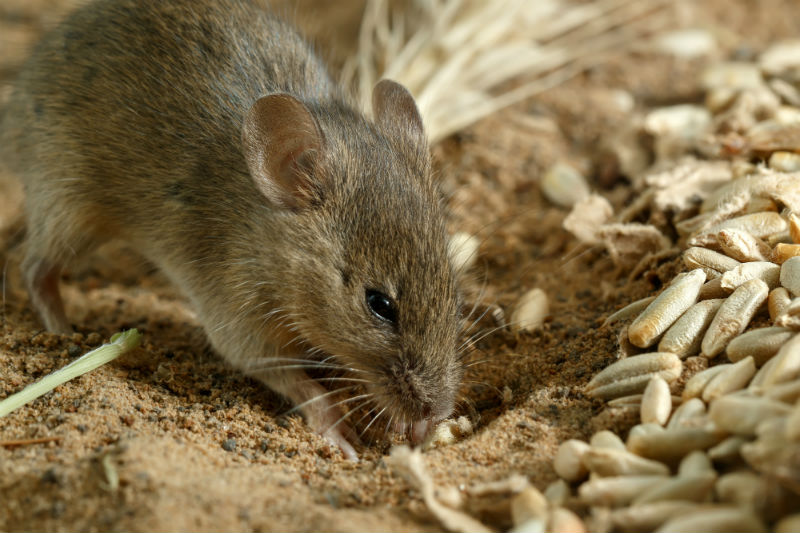Kiev. Ukraine. Ukraine Gate – January 8, 2021 – Agriculture
In most parts of the country, the increase in air temperature in the last days of December above 5 0C of heat provoked the awakening of physiological processes in plants of winter cereals, which are currently in a state of shallow winter dormancy. Observations of scientists from the Institute of Irrigated Agriculture of NAAS on cut plants for 10 days showed that there was an increase in plants by 10-12 mm.
At the beginning of January, according to the NSC “Institute of Agriculture NAAS”, winter wheat crops, which were sown in the optimal time (September 25), are in the phase of “tillering”, or in the second stage of organogenesis. Tillering coefficient 2.4–2.7, plant height 20–24 cm, growth cone length 0.45–0.47 mm. The weight of 100 raw plants is 165-175 g. The condition of crops is good.
Crops of winter wheat, which were sown at the end of the permissible period (October 5), are in the phase of “tillering”, with the length of the growth cones – 0.25-0.30 mm, plant height – 15-20 cm. The weight of 100 raw plants is 75 -90 g. The condition of crops is good and satisfactory.
Winter triticale plants are at the end of the second – beginning of the third stage of organogenesis (“tillering” phase). Tillering coefficient 2.6-2.7, plant height 17-18 cm, growth cone length – 0.70-0.75 mm. The weight of 100 raw plants is 150-165 g. The condition of crops is good.
Winter rye plants are at the end of the second – beginning of the third stage of organogenesis (“tillering” phase). Tillering coefficient 2.2-2.4, plant height 20-22 cm, growth cone length – 0.75-0.80 mm. The weight of 100 raw plants is 160-165 g. The condition of crops is good.
Winter barley plants are at the end of the second – beginning of the third stage of organogenesis (“tillering” phase). Tillering coefficient 2.5-2.7, plant height 15-18 cm, growth cone length – 0.62-0.65 mm. The weight of 100 raw plants is 155-170 g. The condition of crops is good.
Determination of the content of accumulated carbohydrates in the nodes of tillering of plants, which was conducted in the last decade of December by scientists of the Institute of Cereals NAAS, showed that their number was quite high and was in winter wheat after black steam – 39-47%, after non-steam predecessors – 36- 43%, and in the leaves, respectively – 23-27 and 18-23%.
At present, there is no threat of damage, let alone mass freezing of crops. In general, the condition of winter grain crops at the end of the year is assessed as good and satisfactory.
At the same time, due to warming, mouse-like rodents became more active in crops, especially in fields adjacent to roadsides, forest belts and No-till technologies.
Given the real weather conditions in fields with winter cereals, it is necessary to constantly monitor their condition, which will make it possible to make a differentiated system of care for them.







